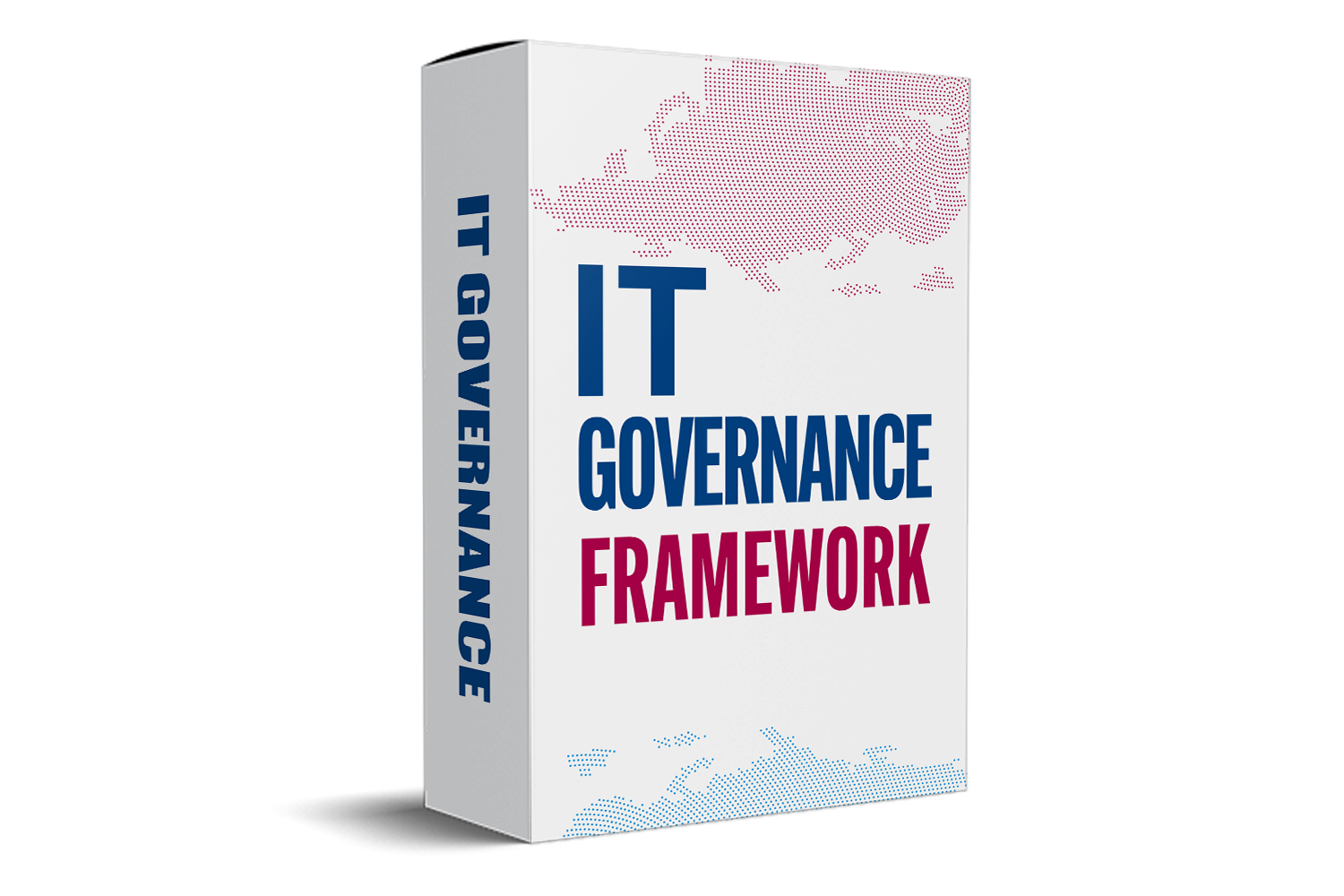GDPR Disaster Recovery Plan Template
Overview
A disaster recovery plan is a formal document that outlines the steps an organization will take to restore its critical functions in the event of a disaster.
The program should be designed to minimize the disruption to the organization's business operations and maintain its essential functions until normal operations can be resumed. The disaster recovery plan should be developed before a disaster and reviewed and updated regularly.

The disaster recovery plan should be activated immediately to ensure that the organization's critical functions are restored as quickly as possible.
In addition, the procedure should be followed as closely as possible to minimize the disruption to the organization's business operations.
Importance of Disaster Recovery Plan
A disaster recovery plan is a comprehensive plan that outlines how an organization will recover from a major disaster. The plan should address all aspects of recovery, including people, processes, and technology.
A disaster recovery plan's goal is to minimize a disaster's impact on an organization and ensure that the organization can continue to operate following a disaster. A well-designed and implemented disaster recovery plan can help an organization recover quickly and efficiently from a disaster.
A disaster recovery plan is essential to an organization’s risk management strategy. It is important to remember that a disaster recovery plan is not a static document; it should be regularly reviewed and updated to ensure that it remains relevant and practical.
Critical Operations of A Recovery Plan
A disaster recovery strategy is an essential component of any business continuity strategy. It should be designed to protect an organization's critical operations in a major disaster.
The plan should be comprehensive and include all the necessary resources and procedures to recover from a disaster. In addition, it should be regularly updated and tested to ensure that it is effective.
The following are some of the most critical operations that should be included in a disaster recovery plan:
1. Communications.
2. Backup and Recovery.
3. Security.
4. Network.
5. Applications.
The Process of Disaster Recovery Plan
The process of disaster recovery planning involves creating a comprehensive plan that outlines how an organization will respond to and recover from a disaster. This plan should be designed to ensure the safety of employees and customers and the continuity of business operations.
The process of disaster recovery planning typically includes the following steps:
- Identify potential risks and vulnerabilities.
- Develop policies and procedures for responding to and recovering from a disaster.
- Create a communication plan.
- Identify critical resources and create a plan for their protection.
- Train employees on the disaster recovery plan.
- Test the plan regularly.

Disaster Recovery Plan Implementation
The first step in implementing a disaster recovery plan is :
Identify potential risks and vulnerabilities that could affect your business. A risk assessment can be used to accomplish this.
Once the risks have been identified, you need to develop strategies and plans to deal with them. This includes developing contingency plans, establishing communication protocols, and setting up backup systems.
After the plans have been put in place, you need to test them to ensure they are effective. This can be done through simulations and tabletop exercises.
Finally, you must regularly review and update the plans to ensure they are still relevant and practical.
Roles and Responsibilities of Disaster Recovery Plan
The Roles and Responsibilities Disaster recovery Plan (RDRP) is a comprehensive document that identifies the roles and responsibilities of key personnel within an organization during a disaster.
- The RDRP should be developed with all relevant stakeholders, including senior management, department heads, and front-line staff.
- The RDRP should be reviewed and updated regularly, and all staff should be familiar with its contents. In the event of a disaster, the RDRP will provide a roadmap for the organization to follow to recover from the event and resume operations.
- The Roles and Responsibilities Disaster Recovery Plan is an essential tool for all organizations and should be developed as part of a larger disaster recovery plan.
Incident Management Procedure
Organizations must have an incident management procedure to coordinate and effectively respond to incidents. An incident can be defined as any event that disrupts normal operations or threatens safety, security, or property.
The incident management procedure should be designed to minimise the impact of incidents and restore normal operations as soon as possible. It should also include provisions for reporting incidents, investigating their causes, and taking corrective and preventive measures. The incident management procedure should be regularly reviewed and updated to remain relevant and practical.
- Ensure that others' health and safety are protected, and if it is safe to do so, take appropriate action to make the area safe or to avoid additional injury or illness.
- Ensure that your health and safety are not threatened.
Damage Assessment
In recovery is to assess the damage. This information is used to develop an action plan and determine the resources needed. The assessment process begins with a visual inspection of the affected area.
If the damage is widespread, it may be necessary to bring in experts such as engineers or architects to help with the assessment.
- Once the extent of the damage has been determined, the next step is to determine the cause. This is important to prevent future damage and ensure the repairs are correctly made.
- The reason can be anything from a natural disaster to a faulty appliance. Once the damage has been assessed and the cause determined, the next step is to develop a plan of action. This plan will include a timeline for repairs, a list of materials and supplies needed, and a budget. The insurance company will also need to approve the project before work begins.
Conclusion
Finally, having a Disaster Recovery Plan in place is critical for any organisation to prepare for unexpected events and reduce the impact of disasters on business operations. A well-designed plan can aid in risk mitigation, business continuity, and reputation protection.


